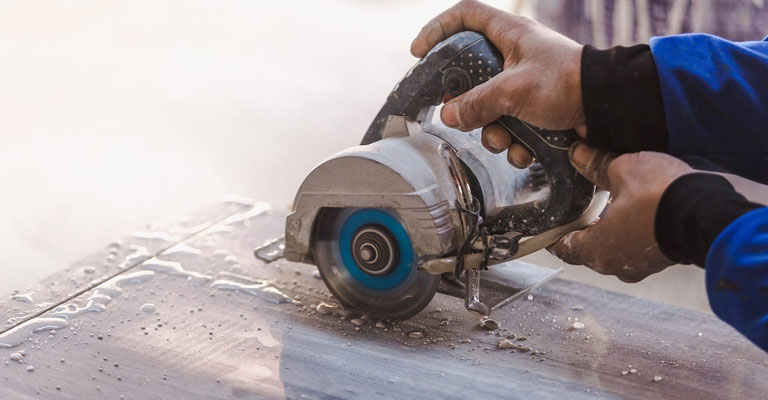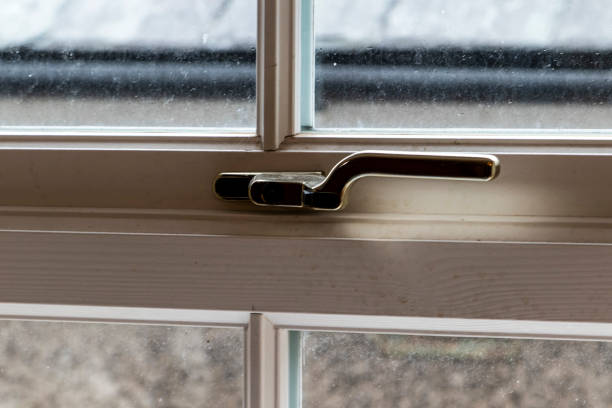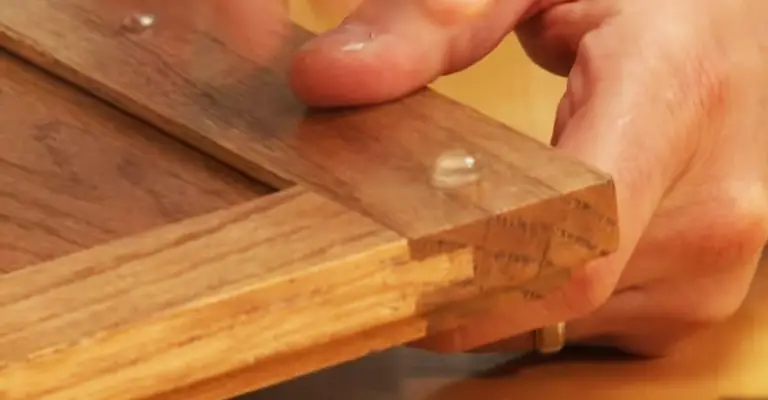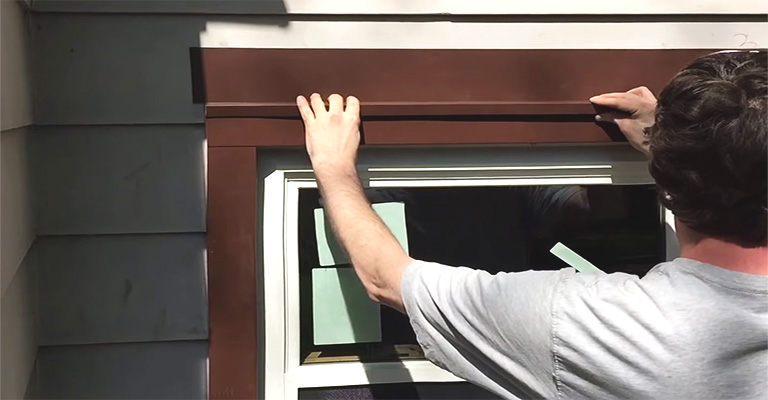How To Keep Hardwood Floors Nails From Coming Up?
Hardwood floors are beautiful, timeless, and elegant, with a distinctive character that does not fade. But the beauty of hardwood floors can be on the downside as well. It is not uncommon for nails to come up when you are attempting to install them on your hardwood floor.
This is because nails that dry out too quickly can be brittle and easily split, which can lead to nail popping up when they’re hammered in or pulling out while you’re walking on them.
Changing temperatures and humidity cause hardwood flooring to expand and contract. Eventually, the nails that hold the floorboards in place might loosen and pop or stick up from the surface.
It is not only a tripping hazard and hazardous to bare feet, but it also poses a tripping hazard for people with protruding nails.
Nails that have popped are temporary fixes that can be fixed with a hammer; after a short time, the nail will lift again. Rather than hammer the nail back in, get a trim screw and replace the nail.
Why Do Nails Pop Out Of Hardwood Floor?
Nails popping out of hardwood floor is a common problem that happens when the nails are misplaced, or the wrong type of nails is used.
Nails will often pop out of the floor because they were not designed to penetrate deep into softwood-like hardwood floors. There are two types of nails typically used for this project:
Conventional nails: designed to penetrate up to an inch in wood
Lag screws: designed to penetrate deep into the wood and resist pullout
There are many reasons why nails might pop out of the floor like a cork out of a wine bottle. Some experts believe that the nails get loose because the wood pulls on them when it’s being installed or over-tightened.
Nails popping up from wood floors can be caused by two different things:
- The nail head slides into the wood and is pushed outward as it expands, which makes it appear to pop out.
- The nail head is pushed inward by the expansion of the boards beneath and then pops back outward.
If you have hardwood floor installed, you know that the hardwood floors are beautiful to look at, but they can also be a nightmare when you have to deal with the nails that hold them up. In addition, nails sticking up from cracks in the floor can be an unsightly problem that can make a room look dirty or unsanitary.
There are some ways to keep hardwood floor nails from coming up. A quick way is to use a putty knife for every few inches of flooring, removing the old nails and replacing them with new ones. If you are short on time and don’t want to worry about it, you can try using a power drill with a long enough bit for this task.
Repairing Nail Pops In A Floor
Repairing nail pops on a floor is not a difficult task. This is especially true in case if you have the right tools and know-how to use them.
Nail pops can happen when the nails on your floor are pushed back into the subfloor by the weight of carpet or furniture. If they are not repaired, they will cause more damage to your floor and structure as time goes on.
Before we dive into repairing nail pops, let’s first see what we need for this project:
- A hammer
- A steel wool pad
- Floor adhesive (to prevent scratches)
- Duct tape
- Nail puller
Step 1
If the nail head is exposed, check the popped area. Try to feel the nail by running your hand over the area carefully. Additionally, you can shine a bright light at an angle on the floor to see if there are any exposed nail heads.
Step 2
A claw hammer or needle-nose pliers can be used to remove an exposed nail from the floor. Take care not to damage the floor when removing a nail. The nail should be driven back in if it cannot be removed without causing problems.
Step 3
Back down a nail that has become exposed. Lie a board over the nail and gently tap it back into place if it is not exposed but has popped up and is lifting the floor. However carefully you handle the nail, the head will still damage the floor. The board helps minimize this damage.
Step 4
Add a new screw to the beam near where the nail pop occurred. The head color of the screw should match the color of your flooring as closely as possible. Ensure that the nails are aligned with those already securing the flooring so that no obvious repairs are apparent.
Step 5
Adding a screw can cause damage to the surrounding area, so seal it if necessary. In certain cases, this isn’t necessary, but if you removed a nail, a hole might have been left behind that needs to be filled with a sealant appropriate for the surface to prevent liquid from seeping through.
Pro-Tip
If aesthetics permits, the wayward nails could either be replaced with a finish nail that has more of a positive “lock” into the wood. Ring-shaped nails and spiral-shaped nails will hold more aggressively than smooth shank nails.
Consider screwing into the loose boards with an appropriate length screw if you have access to the underside of the floor.
To prevent countersunk nail holes from showing, you should fill them with an epoxy-type filler, as normal wood putty will eventually loosen.
Final Words
Getting your nails right the first time pays off in the long run. If you nail in too many, you’ll be pulling them out of your floor for years to come! Ask a professional craftsman or contractor if you’re not sure what type of nail to use for your wood flooring. There are many ways to keep your hardwood floor nails from coming up. Of course, nail heads should be nailed into the subfloor, but it is also important to use a claw hammer and not your regular hammer.
Maintaining your hardwood floors in pristine condition involves timely and effective repairs of nail pops. Utilizing wood filler and wood glue can effectively address exposed nail issues, ensuring a smooth, hazard-free surface. Remember, repairing nail pops is not just about reinserting the same nails into the same nail holes. Instead, consider using wood filler for a durable solution, and if necessary, replace old nails with new ones in the same nail holes for a secure fix. This approach not only enhances the longevity of your hardwood floors but also preserves their aesthetic appeal.
Additionally, it’s essential to address the root cause of nail pops in hardwood floors. Regularly inspecting your floors and promptly repairing nail pops using wood glue and wood filler helps in maintaining the integrity of the flooring. In cases where a nail hole becomes too enlarged, filling it with wood filler and then reinserting a nail can provide a stronger hold. Remember, prevention is key – regular maintenance and using the right materials, like wood filler for nail hole repairs, can go a long way in ensuring your hardwood floors remain beautiful and safe for years to come.





